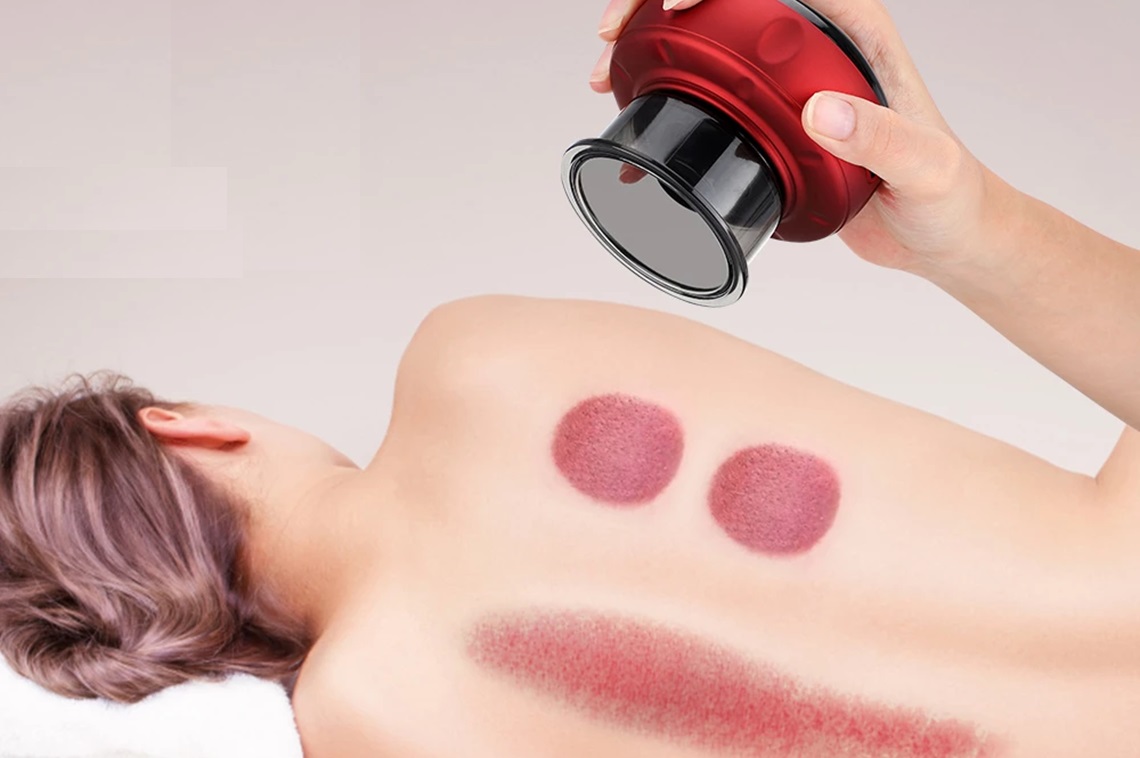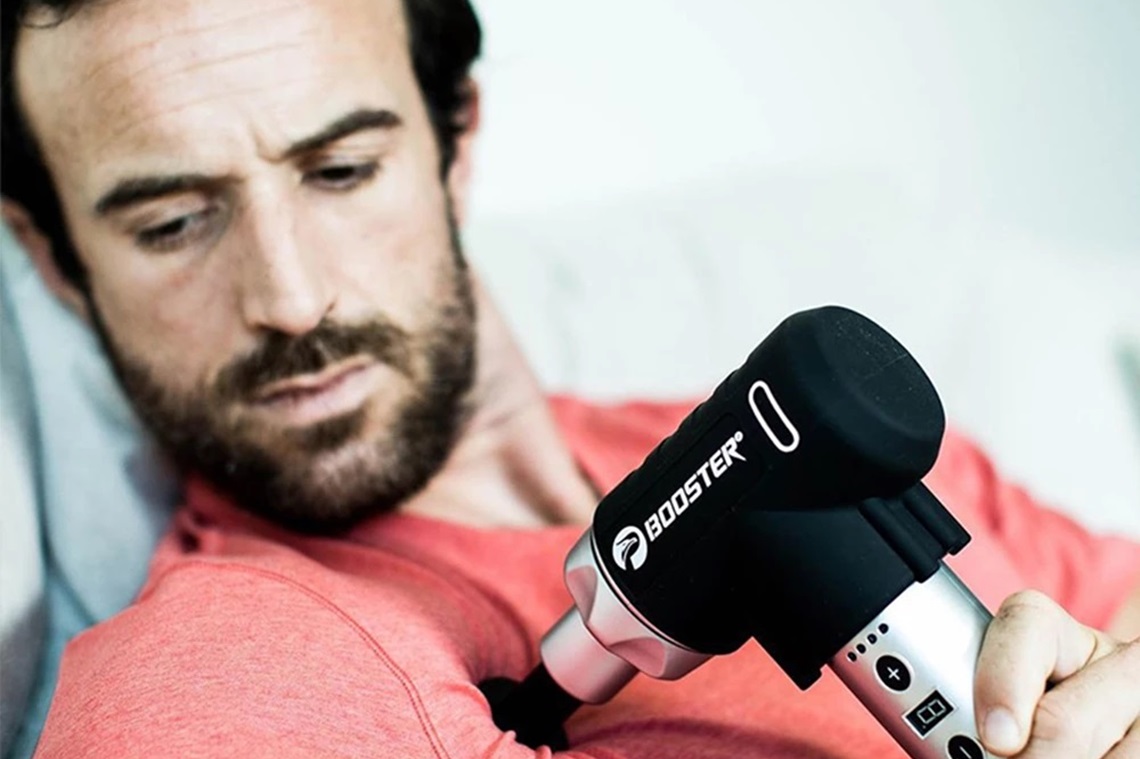Innovative technologies like red light spectrum therapies using wearables
Devices that stimulate cells to produce more energy. Targeted red and near-infrared light therapy.
Everyone knows the effects that a good night of sleep or a healthy diet have on the body. However, when people think about the factors that benefit their health, they tend to forget about light. Perhaps the reason for that is because they are not as familiar with all of the red light therapy mechanisms that have amazing effects on your body. If you have had the chance to try it you already know red light therapy has many benefits, but do you know the science behind it? Are you asking yourself – how does red light therapy work? To answer that question, we first need to understand what low level laser therapy actually is. NASA developed the treatment. They created light-emitting diodes for their astronauts to use. The technology was originally intended to be used to promote plant growth in an experiment. The discovery that it could be useful for human health was a happy accident. While using the device, the astronauts found that the lamps also helped them with skin tissue repair.
In the past forty years, low level light therapy devices have become much more sophisticated and effective. However, lasers are not the only devices that can administer red and near infrared light for therapeutic purposes. Today, your portable red light therapy device can use special LEDs that have very similar effects.
As opposed to lasers, LEDs can be operated by anyone and you don’t need a technician to administer the therapy. With red light LEDs, you can do your red light therapy at home. The fascinating thing about red and near-infrared light treatment is the fact that there are several distinct mechanisms through which affects the body. What makes it so efficient in treating a whole array of medical conditions is that it works both on the skin surface and on deeper tissues. ATP a compound which carries energy that the cells need for all of the processes that happen in them. It's made in the part of the cell called the mitochondria in a series of metabolic processes. Poor mitochondrial health can lead to a disruption of ATP production, leaving you with a feeling of fatigue and a lack of energy. Red light therapy supports the process of ATP production through two mechanisms.
Red light therapy lowers the oxidative stress which happens as a result of reactive oxygen species (ROS). This is good news, because high levels of reactive oxygen species can lead to cell damage and even cell death.
The second of the red light therapy mechanisms through which red light therapy supports mitochondrial health and ATP production is the stimulation of protein in the mitochondria – cytochrome c oxidase. This increases the potential of the mitochondrial membranes and boosts the production of ATP.
How does all this translate into effects you can see? Better mitochondrial health gives you more energy – it’s as simple as that. Moreover, improved mitochondrial health is often visible in the appearance of your skin. It improves skin health and promotes the process of skin rejuvenation.
ATP production is not the only important process in the mitochondria which red light therapy can support. Mitochondria are also the place where the so-called redox signaling happens. Redox signaling regulates the metabolic processes and the function of the mitochondria. However, this process can easily go wrong when the mitochondria or the cells aren’t healthy. Red light therapy works on a cellular level to regulate reduction/oxidation signaling.
Red light therapy affects the cell also by increasing the EZ zone of water. This allows the water to store and deliver energy, and it also increases the body’s ability to conserve it. It also releases Nitric Oxide which is a naturally occuring compound in the skin which, when released into the blood flow, lowers blood pressure and increases blood circulation. This brings about a number of health benefits. Most notably, it helps in treating rheumatoid arthritis, joint pain and otherwise slow healing wounds by improving blood flow to damaged or diseased tissues. It is also beneficial for cardio-vascular health and helps with metabolic conditions such as insulin resistance and diabetes. R
eactive oxygen species (ROS), are a tricky thing. They appear in the cell as a result of the metabolic processes in the mitochondria. Big numbers of free radicals cause oxidative stress. When the oxidative stress is too great, the cell suffers damage, and, ultimately, it dies in a process called apoptosis. However, small numbers of reactive oxygen species are not only useful, but crucial for the functioning of the body. Basal levels of ROS play a part not only in redox signaling, contributing to the processes of cell homeostasis and proliferation, but also in cardio-vascular health and the immune system. Red light therapy helps keep free radical numbers in the optimal range. Red light is visible, while near infrared light is not part of the visible spectrum, but you can feel it as warmth. Numerous clinical studies have shown that this non thermal led light has a stimulating effect on different processes in the body.
You can use the red light therapy device on any part of the body that needs treatment. You can safely use low level LED light every day, with no adverse effects. This treatment, also known as cold laser therapy or soft laser therapy, does not cause damage to the skin, unlike other light therapies, for instance, intense pulsed light therapy (IPL) or conventional lasers. Also, unlike laser surgery, it is completely non-invasive. A red light therapy device for home use is a powerful tool in maintaining optimal health and supporting your body and well-being.
Written by Katarina Mirkovic Arsic





